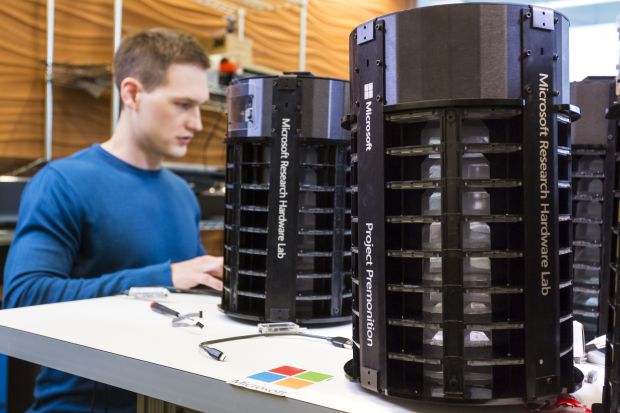Microsoft’s Research division is once again pushing innovation to the next level with a mosquito trap that’s specifically supposed to help track the spread of the Zika virus spotted in Latin America earlier this year.
Specifically, Microsoft’s new project, which the company says was described by experts as “the biggest innovation in trap technology in decades,” is part of a bigger effort called Project Premonition. It's worth knowing that it is supposed to help automate tasks that entomologists previously performed all manually.
The trap was deployed in Houston for the initial stages of a pilot program and allows experts to collect only specific types of mosquitos, and not a whole hodgepodge of mosquitoes, flies, moths and other critters. Without such a trap, entomologists would have to manually sort through the collected mosquitoes in order to be able to analyze only those of interest and that could spread the Zika virus.
‘So how does it work?’ is the typical question. Basically, the trap is powered by two small microprocessors fueled by two batteries that try to capture specific types of mosquitos based on data provided by entomologists. The machine analyzes a series of factors, such as temperature, wind, and humidity, with all data uploaded to the cloud for further inspection.
Based on machine learning
Using machine learning, the new system can automatically improve its mosquito detection skills and help detect only the critters that experts are looking for.
“The researchers plan to first trap mosquitoes - using the new trap - in remote areas outside of big cites. Then, they’ll use the latest advances in molecular biology and machine learning to analyze the contents of those mosquitoes for signs that a new and potentially dangerous disease is starting to appear,” Microsoft explains in the documentation of Project Premonition.
For the moment, the new project is still in its early days, but the first results are already optimistic, and Microsoft is aiming to continue improving the mosquito trap in the coming months and years. Following the Houston pilot, more data can be analyzed to see where the Research team needs to focus more, as similar systems could be used in the future to mitigate more disease outbreaks.

 14 DAY TRIAL //
14 DAY TRIAL // 

